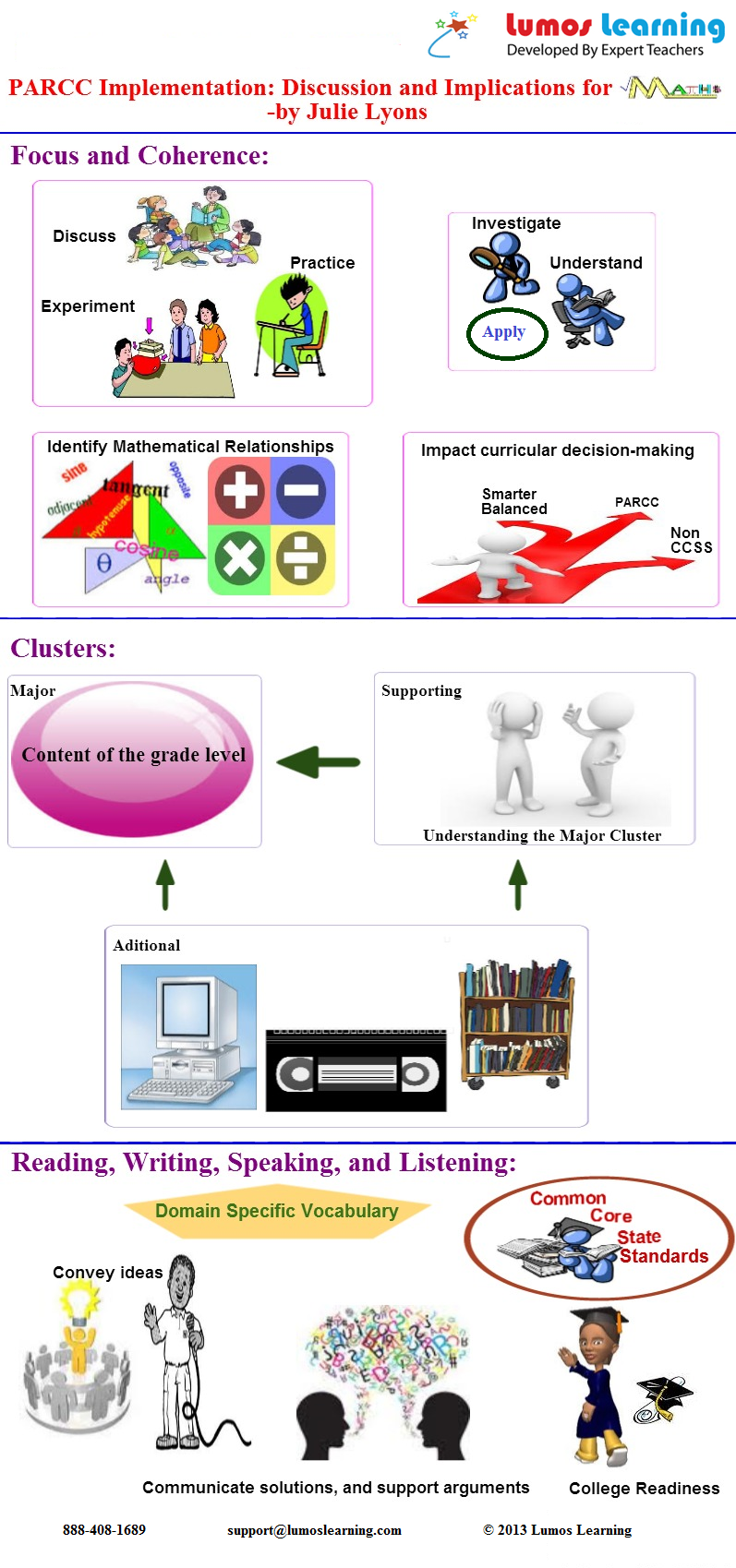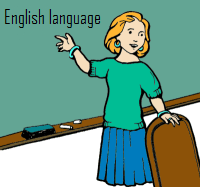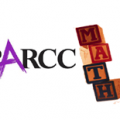Return To Teachers Speak

With the implementation of the Common Core, teachers and administrators alike have made changes in their curriculum and instructional practices. To ease the transition between the old and new, the Partnership for Assessment of Readiness for College and Careers (PARCC) has devised suggestions and a structure that will not only support the Common Core but also prepare students adequately for state assessments.
In the area of mathematics, there are many important distinctions between the previous NJ State Standards and the Common Core. For curriculum supervisors, administrators, and teachers to make well-informed decisions, it is important to take the following information into account. The items below reflect some of the major emphases of the model content framework, along with important differences between the Common Core and the former state standards:
Focus and Coherence:
The Common Core calls for students to not simply “cover” a topic, but to investigate, understand, and apply that content with deep, enduring understanding. To achieve this, students will need to be given adequate time to discuss, experiment, and practice (e.g., focus) using their newly-acquired knowledge until it becomes a natural part of their mathematical repertoire.
Coherence, or making “mathematical connections”, is important, for making connections goes hand-in-hand with focus. With intense concentration on particular topics, students will be able to identify mathematical relationships, and they will ultimately develop a comprehensive understanding of material.
Focus and coherence impact curricular decision-making, as supervisors must ensure that they don’t fall prey to simple “topic-matching”. In other words, if the standard calls for a certain concept and the district’s current textbook “covers” the topic that does not mean the students will receive adequate instruction in the area: because the standards vary in what is emphasized at each grade level, closer inspection is necessary to ensure that a district’s materials fully address the standard at hand.
Major, Supporting, and Additional Clusters:
Because some content clusters will require greater emphasis, PARCC delineates these clusters by denoting whether they are “major”, “additional”, or “supporting”. The major clusters focus on the most important content for that grade level (and the corresponding state assessment will reflect this, as the majority of the questions will address this cluster). Supporting clusters relate to the major clusters, but their focus is to strengthen understanding of a major cluster. For instance, at the elementary level students will apply their understanding of arithmetic to answer geometry-based problems (thus maintaining a strong focus on the major cluster). Finally, additional clusters do not relate as closely to the major clusters but should be part of the curriculum for that grade level nonetheless. However, supporting and additional clusters will not be featured as prominently on assessments as the major clusters.
One example of the different levels of emphasis is obvious with the K-5 mathematics standards. With the Common Core, arithmetic plays a much larger part in the early grades, and this differs from the previous state standards – which gave more of an equal emphasis to all mathematical strands. Now, students are expected to understand and apply arithmetic knowledge at a much deeper level than the former standards required. At the same time, areas such as geometry, measurement/data, and probability/statistics, while covered, are not emphasized as heavily (because they will be the focus in later grades).
Reading, Writing, Speaking, and Listening:
Just as literacy is taking a more prominent position in subject areas such as Social Studies and Science, math is no exception. Students need to be able to understand and use domain-specific vocabulary in order to “convey ideas, communicate solutions, and support arguments” (www.parcconline.org/sites/parcc/files/PARCCMCFMathematicsNovember2012V3_FINAL.pdf). With the model content framework, educators are encouraged to select materials and resources that integrate key literacy skills to the math classroom as well.
Overall, the Common Core and supporting PARCC framework continuously touch upon the idea of depth. No longer is it appropriate to instruct with a “mile-wide, inch-deep” mindset. Instead, students must become well-versed in a subject area with an appropriate level of depth and breadth that leads to lasting understanding. And of course, everything about the Common Core remains committed to its ultimate goal – to provide college and career readiness for all learners.




